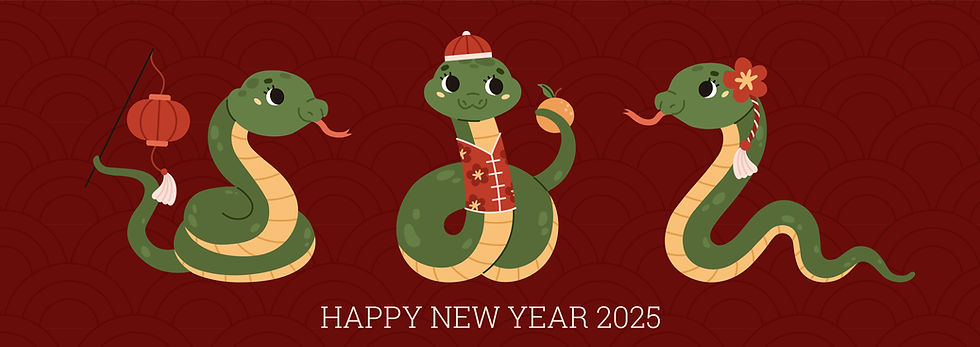Lunar New Year Counting Down with Eight Treasure Congee Recipes
- TCM Healing Center
- Dec 31, 2022
- 2 min read
Many Asian countries celebrate Laba Festival on the eighth day of the twelfth lunar month. The arrival of the Laba Festival kicked off the Lunar New Year and hinted at the gourmet feast's prologue. The Laba Festival is closely related to the culture of traditional Chinese medicine. And a bowl of warm Laba porridge also contains the great wisdom of traditional Chinese medicine.

Mahayana Buddhism told a story that on the La Ba date, the Buddha Sakyamuni ate a bowl of porridge made of rice and chestnuts from a lady when he was practicing in the mountains. He got enlightened by the lady's compassion and the comforting healing brought by the harmony of the multi-grains. Then he became the Buddha. From then on, Buddhist disciples will give multi-grain congee to the people on this day. Affected by this, the folks have gradually formed the custom of eating Eight Treasure Congee (also named Laba porridge) during the Laba Festival. Eight Treasure indicates eight ingredients and healthy, happy, and good fortune. Food has been relatively scarce for a long time in history, and dietary diversity has only been implemented conditionally in recent decades. Therefore, a bowl of multi-grain porridge may be the most nutritious food eaten annually by Chinese ancestors. Therefore, Eight Treasure/Laba Congee also carries people's expectations for health and harvest.
In traditional Chinese medicine theory, wintertime people usually get cold attacking. Cold is a Yin pathogen damaging the Yang Qi of the human body, so we need to support Yang and replenish Qi in winter. TCM believes different grains have different healing power; slow cooking into oatmeal-like porridge/congee protects stomach qi and stores body fluid. Eating warm congee can warm the stomach and eliminate cold, which protects digestion function. It is the best food for people with deficiency (elders or recovery from operation/serious diseases) or immature digestion system.
We selected three primary congee bases for the most common body type.
1. Neutral Type: People generally healthy, with no particular preference for hot and cold.
50 g black/brown rice
50 g glutinous rice
30 g millet
30 g oat
30 g red bean
30 g mung bean
5 Chinese jujube
10 pieces lotus seeds
2. Qi & Blood deficiency Type: People in the recovery phase (post-child delivery, post-surgery, recovery from injury); people easily get fatigued or cold; prefer to stay warm.
50 g white rice
50 g glutinous rice
30 g millet
30 g peanuts with red coating
30 g red bean
10 g Goji Berry
5 Chinese jujube
10 pieces longan (gui yuan)
3. Damp-heat Type: People in inflammation condition; People with a burning type of joint pain; Always feeling hot internally.
50 g black rice
50 g pearl barley (yi yi ren in herbal formulas)
20 g kamut
40 g oat
20 g buckwheat
30 g mung bean
5 Chinese jujube
10 pieces lotus seeds
You can enjoy Eight Treasure Congee as a side dish during a weekday dinner or add some brown sugar and make it into a dessert! Add 4-5 cups of water, low flame, and slow boiling for 60-80 minutes until all ingredients become very soft. Serving with some savory side dishes, or add a little tablespoon of brown sugar. Each recipe is good for 3-4 people. Every food has its unique temperature, flavor, and target organ/channel. To empower the healing, consult our doctors at TCM Healing Center to customize your own Eight Treasure Congee.




Comments